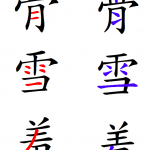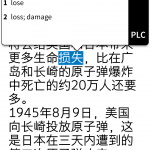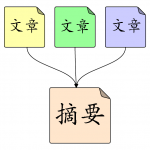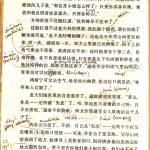Articles in the ‘Reading’ category Page 8
-
Learning Chinese through comprehensible input
Comprehensible input is a key component to learning Chinese. This article focuses on the importance of understanding when listening and reading Chinese.
Read → -
Can you use English learning materials to study Chinese?
There’s a very large number of books available for Chinese people learning English, but even if it’s tempting to think that we can use these to learn Chinese, doing so comes with several problems. ESL books have their use, but not as many as you might think.
Read → -
Chinese character variants and fonts for language learners
Chinese character variants and regional font standards can be really confusing for language learners. As if simplified/traditional wasn’t enough, characters can look different depending on the font used or where the text was printed! This article will help you understand what’s going on.
Read → -
Why you should read Chinese on your phone
Reading Chinese in this digital age is a lot easier than it used to, but it’s actually even easier than many students think. The benefits of reading on your phone are important, including instant access to vocabulary, smaller chunks of text, portability and a sense of getting somewhere when you read. If you haven’t read a Chinese text on your phone yet, you really should give it a try.
Read → -
Bite-sized learning isn’t enough to learn Chinese
Bite-sized learning is great, but it’s not enough if you want to build real competence in Chinese listening and reading. To expose yourself to enough text and audio, you need long-form content that you can keep using even when you’re energy levels aren’t at 100%.
Read → -
Review: Mandarin Companion graded readers (Level 1)
Graded readers are an important step on your journey to becoming literate in Chinese. In this article, I review five books in the Mandarin Companion series, level 1, which uses only 300 unique characters. These books are useful for both beginners (extra reading) and intermediate learners (extensive reading).
Read → -
The best Twitter feeds for learning Chinese in 2015
Who should you follow on Twitter if you want to learn Chinese? There’s an increasing number of people who tweet excellent language content within the 140 character limit, often with pictures. This article contains a list of the 9 best ones, including a short intro and examples of what they tweet.
Read → -
Hone your Chinese writing ability by writing summaries
Writing summaries is an excellent combination of reading and writing practice. It’s one of the most powerful learning activities I know when it comes to improving writing ability. In this article, I discuss how to improve writing ability in general, but with a clear focus on why and how writing summaries should be part of your study routine.
Read → -
Using Chinese textbooks to improve reading ability
Textbooks are underrated as a source of reading material for beginners and intermediate students. By using more than one textbook series, you reap the benefits of using textbooks, while avoiding the main drawback, the lack of diversity. This article discusses how and why textbooks are important for most learners of Chinese.
Read → -
The new paperless revolution in Chinese reading
In this (guest) article, David Moser writes about the importance of going digital in your Chinese reading practice. With the right tools and the right approach, learning to read Chinese becomes much easier. While it still requires time and dedication, it’s no longer as hard as it used to be. Don’t miss out on the paperless revolution in Chinese reading!
Read →









